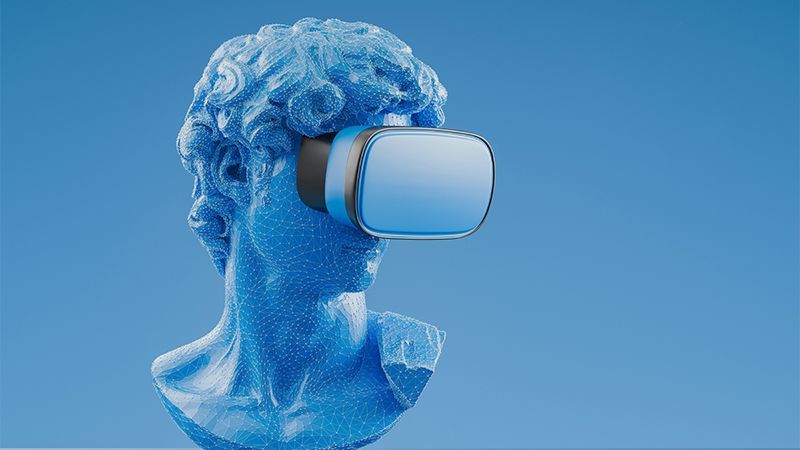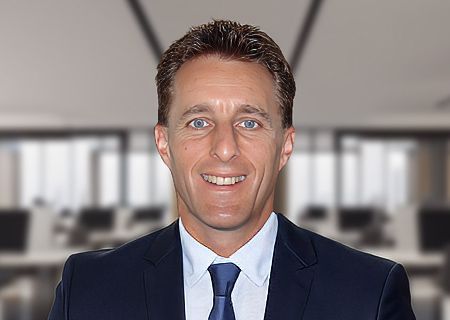Contact Centre Transformation & Customer Satisfaction
Designing first-class Customer Experiences
Supported by data, AI and our industry experience
Today’s customers want autonomy and efficient self-service as well as a human voice when things go wrong. The modern contact centre stands at a rubicon between traditional methods and future automation; juggling the advances of AI and its evident shortfalls, which require the intervention of a knowledgeable and empathetic call centre representative.
At Cambridge Management Consulting we recognise the myriad challenges, from managing contact volumes and demand patterns to tracking abandon rates and average wait times. Our expertise extends to providing detailed reporting down to the agent level, ensuring you have the insights needed to drive efficiency and effectiveness.
Bridging the difficult integration of teams and automation
Knowing why customers reach out, the reasons behind complaints, and the sentiments expressed on social media is vital. Our services include comprehensive root cause analysis and the development of actionable ‘fix plans’, helping to address issues at their source and enhance customer experience and satisfaction.
We conduct coaching and development to achieve high Customer Satisfaction (CSAT) and Net Promoter Score (NPS) targets. The knowledge base of your agents, along with a thriving workplace culture is integral to your success.
CONTACT THE TEAM
Case Study
RE/MAX
1000 Users onboarded in less than 6 weeks
RE/MAX is an American international real estate company that operates through a franchise system. RE/MAX trades in over 100 countries and territories.
Challenges
- Maintenance of 8 separate platforms
- Need integration with SFDC
- Limited call insights and analytics
- Need to save time with fast deployment
Solutions
- Improved customer support with unified app on any device
- Improved customer management with SFDC integration
- Accurate real time agent coaching with Ai Agent Assist and analytics
How we help our clients
Our team of experts has decades of experience providing support to a range of contact centres in different industries
Contact Centre Transformation
Our holistic approach ensures that agents are empowered with the skills and insights needed to perform at their best, while AI enhances their capabilities, leading to improved customer experiences and operational performance.
Customer Experience as a Service
By providing fractional teams and resources, we deliver targeted training and development for call centre teams, alongside the use of advanced automation. Our clients benefit from a finely tuned balance of human expertise and AI capabilities, resulting in a more effective and responsive contact centre environment.
AI Efficiency & Cost Savings
Navigate the new world of AI to deliver tangible business benefits that compliment your front line agents. AI CSAT allows you to survey all customer interactions, whereas services like AI Scorecards means quality/compliance scores can be applied to all interactions rather than a small volume of human call listening
Voice of the Customer
Gain actionable insights that transform call centre training and problem-solving. We provide deep customer behaviour understanding, root cause analysis, and targeted 'fix plans,' leading to quick resolutions & superior service quality.
Voice of the Agent
Your agents talk to and listen to your customers everyday. We have extensive experience in Voice of The Agent programmes to ensure you are aware of customer issues, tap into your brand reputation and lower attrition through an engaged workforce

Industry-leading AI-Powered Customer Intelligence Platform
We have partnered with Dialpad, an industry-leading intelligent customer platform and workspace that provides businesses with a full suite of sales, coaching & communication tools.
Dialpad Ai can improve your contact centre and sales operations with these AI-driven solutions:
- Ai Contact Centre: The world’s most advanced customer engagement platform
- Ai Sales Centre: Outbound sales with live coaching at every step
- Ai Voice: The world’s smartest business phone system
- Meetings: Ai-powered video meetings with built-in transcriptions
Our international Contact Centre Transformation practice is led by Simon Kissane
Contact Centre Performance Improvement Specialist
Simon is a highly experienced contact centre operations leader and performance improvement specialist. He has spent the last 20 years in contact centre operations focussed mainly on the telecoms sector.
He has significant experience managing both small- and large-scale onshore and offshore contact centres covering the UK, South Africa, the Philippines, and India. He has a proven track record of delivering innovative customer-led transformational change using his insights to build relationships in complex, highly-matrixed global businesses. Simon has also held senior management positions at some of the UK’s biggest brands.
Simon runs our Customer Experience as a Service (CXaaS) capability, supporting companies with their contact centre operations, particularly as they scale, ensuring customer satisfaction is achieved with the right infrastructure, training and metrics.
Our team can be your team
Our team of experts have multiple decades of experience across many different business environments and across various geographies.
We can build you a specialised team with the skillset and expertise required to meet the demands of your industry.
Our combination of expertise and an intelligent methodology is what realises tangible financial benefits for clients.
SPEAK TO THE TEAM
Industry insights




“AI CSAT is making our agents more aware of how they present themselves and raises the bar.”
Rena Bishop – IT Supervisor, Human IT
"Raises the Bar"
Get in touch with our Consultants today
Case Studies
Our team has had the privilege of partnering with a diverse array of clients, from burgeoning startups to FTSE 100
companies. Each case study reflects our commitment to delivering tailored solutions that drive real business results.
CASE STUDIES
A little bit about Cambridge MC
Cambridge Management Consulting is a specialist consultancy drawing on an extensive global network of talent. We are your growth catalyst.
Our purpose is to help our clients make a better impact on the world.
ABOUT CAMBRIDGE MC














